In this comprehensive guide, we will explore the life cycle of tulips, their classification, growing conditions, and practical tips for cultivating these stunning flowers.
Understanding Plant Classifications: Annuals vs. Perennials
Before getting into tulips, it’s important to clarify the difference between annuals and perennials.
Annuals
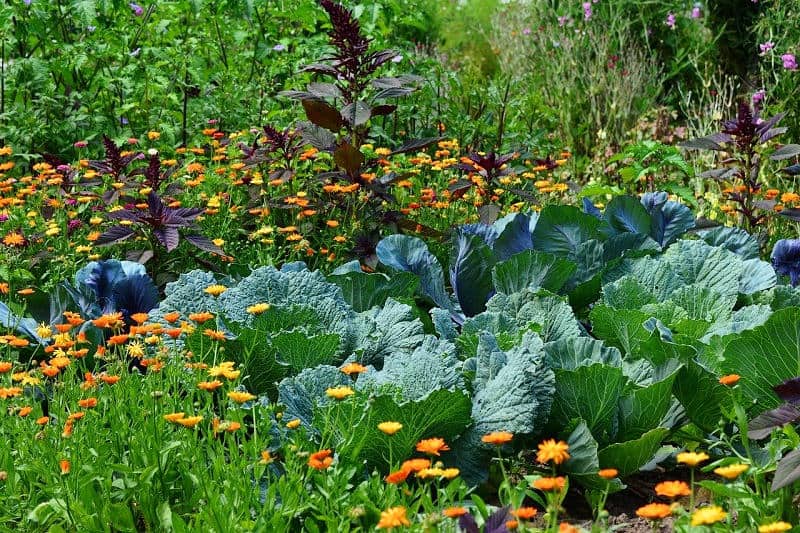
Annuals are plants that complete their lifecycle in one growing season. They germinate from seeds, grow, flower, produce more seeds, and die— all within a single year. Gardeners often favor annuals for their vibrant blooms and prolonged flowering season. However, each year, they require replanting to maintain their presence in the garden.
Perennials
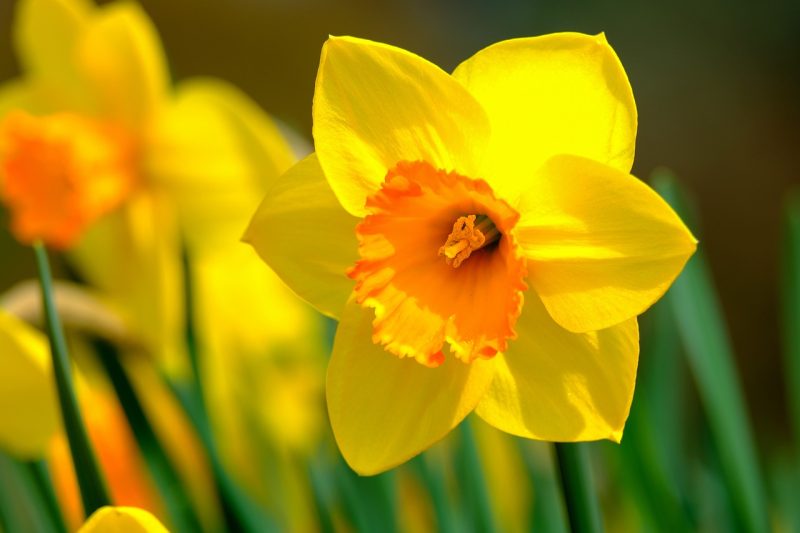
Perennials, on the other hand, live for multiple years. They may die back during the winter but return in the spring, typically coming back stronger and more robust each year. Perennials often produce more flowers over time, providing a stable and enduring landscape.
Understanding these classifications is fundamental for anyone considering including tulips in their gardening plans.
Are Tulips Annuals or Perennials?
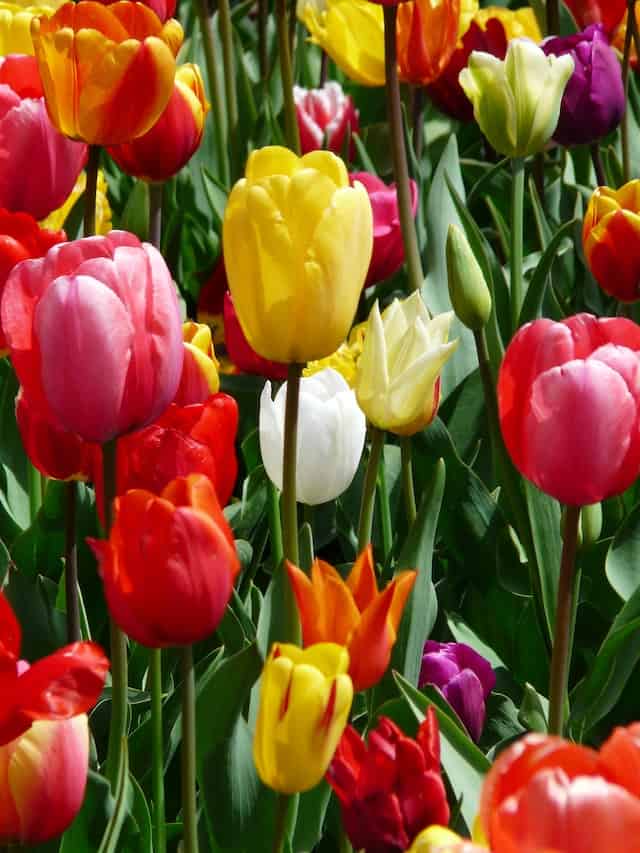
The short answer is that tulips are primarily classified as perennials. They are bulbous plants that can return year after year in the right conditions. However, the reality is a bit more nuanced.
Most tulips are perennials that thrive best in areas with cold winters, as they require a period of dormancy. In these climates, tulips can be planted once and will return annually for several years. However, there are also hybrids, particularly those bred for commercial production, which are often treated as annuals. These hybrids are designed to bloom brightly but may not return reliably.
The Lifespan of Tulip Bulbs
Tulip bulbs can survive for several years, but their vigor tends to diminish over time. With proper care and optimal planting conditions, regular tulip varieties will typically bloom well for three to five years. After that period, the flowers may still return but could produce fewer blooms, which is why gardeners often choose to replant them every few years for maximum impact.
The Growing Conditions for Tulips

Understanding the ideal growing conditions for tulips can significantly influence their classification as perennials or annuals in your garden.
Climate Considerations
Tulips thrive in temperate climates. They require a period of cold dormancy, which means that regions with hot summer climates and mild winters may not provide the necessary conditions for tulip bulbs to persist as perennials. In such climates, tulips can be grown as annuals, simply planted each year in spring.
Soil Requirements
The right soil conditions are vital for healthy tulip growth. They prefer well-drained soil with good fertility, ideally with a pH between 6.0 to 7.0. Heavy clay or overly compacted soils can cause bulbs to rot. It’s beneficial to amend the planting area with compost or peat moss to improve drainage and enrich the soil.
Sunlight Needs
Tulips grow best in full sunlight, but they can tolerate partial shade. Ideally, they should be planted in an area that receives at least 6 hours of direct sunlight per day for optimal blooming. Lack of sunlight can lead to weakened plants and unsatisfactory flowers.
Irrigation Techniques
While tulips don’t require excessive watering, they do need consistent moisture, especially during the growing season. Ensuring that the soil remains moist but not waterlogged is critical, particularly right after planting in the fall. Overwatering can lead to bulb rot, so it’s essential to monitor the soil’s moisture balance.
Planting Tulips: Annual Vs. Perennial Approach
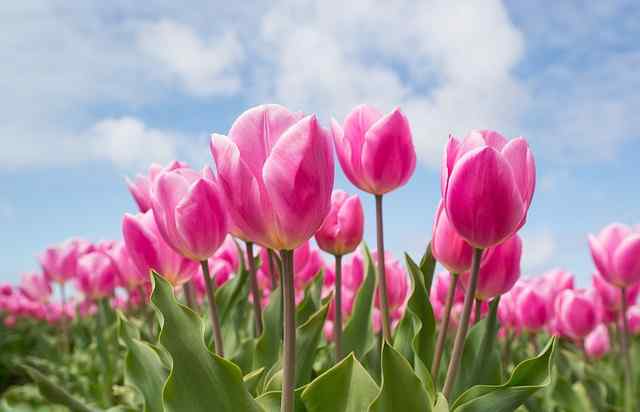
When it comes to planting tulips, the approach can vary depending on whether you treat them as annuals or perennials.
Planting for Perennials
For those who wish to incorporate tulips as perennials in a garden, follow these steps:
Timing: The best time to plant tulip bulbs is in the fall, approximately six weeks before the ground freezes. This allows the bulbs to settle in and establish roots before winter dormancy.
Depth: Bulbs should be planted at a depth of around 6 to 8 inches, depending on the size of the bulb. This depth helps protect them from extreme winter conditions.
Spacing: Plant bulbs 4 to 6 inches apart to give them room to grow and spread.
Fertilizing: Using a balanced fertilizer when planting can give them a necessary nutrient boost as they begin to grow in spring.
Planting for Annuals
If you are considering tulips as annuals, you might adopt a different approach:
Timing: Annual tulips can be planted in early spring after the last frost date. This is especially beneficial in warmer climates where there is no real winter dormancy.
Soil Preparation: Prepare the soil by tilling and mixing in compost to ensure it is nutrient-rich and able to drain well.
After-Bloom Care: After they have bloomed, deadheading the flowers can encourage bulb energy to return to roots instead of expending resources on seed production.
Replanting: Since annuals are replanted each year, consider shifting and rotating the planting locations to avoid pest and disease build-up in the soil.
Popular Tulip Varieties and Their Characteristics
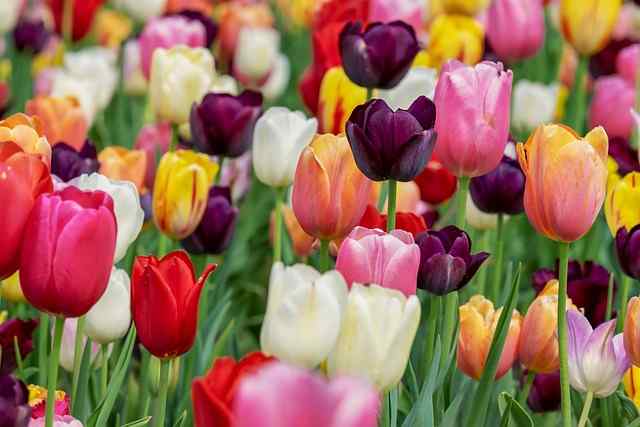
There are many varieties of tulips, each offering unique features and characteristics. Let’s explore some popular types and see how their classification as annuals or perennials fits into this conversation.
Darwin Hybrid Tulips
Darwin hybrids are well-loved by gardeners for their reliability and longevity. They are known for their large, bright blooms and sturdy stems. These perennials tend to return year after year, providing ample color for spring gardens.
Triumph Tulips
This variety blooms early in the season and is renowned for its strong, upright stems and diverse colors. Triumph tulips are generally treated as perennials but may require replanting in warmer climates.
Parrot Tulips
Distinctive for their fringed and feather-like petals, parrot tulips add drama to any garden. They can be grown as perennials but are often less reliable in terms of returning for multiple seasons compared to Darwin hybrid types.
Fritillaria Tulips
Although not traditional tulips, Fritillaria varieties offer an intriguing option within the family. Known for their unique shapes and colors, they can be perennials but may need specific conditions to thrive.
Caring for Tulips to Ensure Perenniality
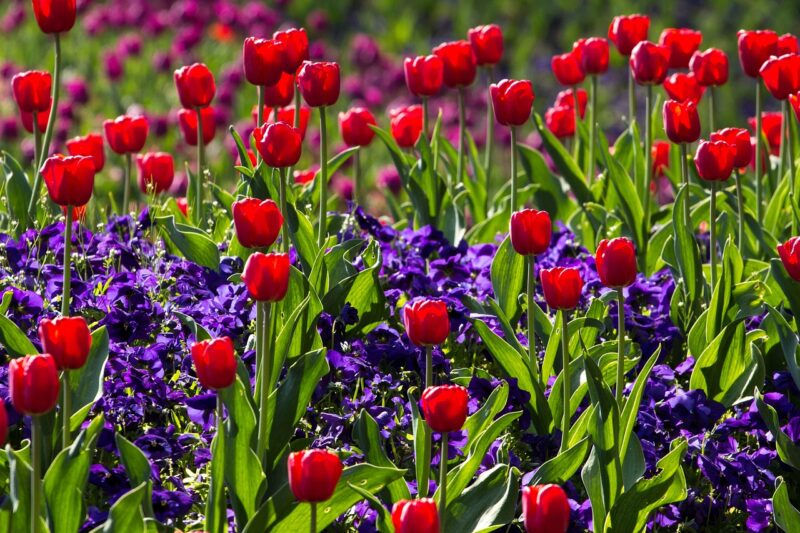
If you want to maximize the chances of your tulips returning each spring, consider these essential care tips.
Late Spring Care
After tulips bloom, resist the temptation to cut back the foliage immediately. Allow the leaves to yellow and die back naturally, as they continue to photosynthesize and store energy for the following year. This time of year is crucial for the health of the bulbs.
Pest Management
Tulips can be susceptible to pests like aphids, slugs, and nematodes. Implementing integrated pest management strategies can significantly reduce damage. Consider introducing beneficial insects, using organic pesticides, or employing companion planting techniques to help deter harmful pests.
Seasonal Mulching
Applying a layer of organic mulch in late fall will help insulate the bulbs during winter and retain moisture in summer. A 2-3 inch layer of mulch can also help suppress weeds, which can compete with tulips for nutrients and sunlight.
When to Replant Tulips

While tulips are perennials, there will come a time when replanting becomes essential. Signs that it may be necessary to replant your tulips include:
Decreased Blooms: If you notice fewer flowers over the years, it may be a sign that the bulbs are no longer healthy or viable.
Bulb Splitting: Tulips can produce smaller bulblets over time. If the original bulb splits into multiple smaller bulbs, these may not deliver the same robust blooms, signaling the need for replanting.
Environmental Changes: Changes in your garden’s environment due to shifts in sunlight, soil conditions, or pest pressures can impact your tulip displays. If their performance declines, replanting may help restore their health.
Conclusion: Making Tulips Work for Your Garden
In summary, tulips can be classified primarily as perennials, although their treatment can change depending on specific conditions and varieties. For a reliable return year after year, it is essential to understand the proper planting techniques, care routines, and environmental needs of these beloved bulbs.





